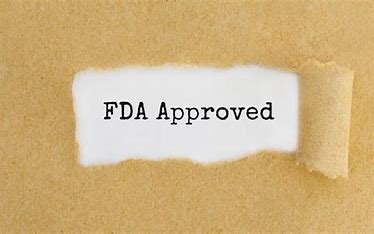“Learn the step-by-step process for FDA approval of your new drug. From preclinical research to clinical trials, this guide covers all the stages needed for marketing your medication.”
The process of developing a new drug is lengthy and costly. After creating a drug, the next stage is to have it approved by the U.S. Food and Drug Administration (FDA) before selling that drug to people. The FDA regulates public availability of drugs to be safe and effective. This article will cover the steps to take when applying for FDA approval to sell a new drug.
Preclinical Research
All drugs have to go through rigorous pre-clinical research to be safe for human application before being allowed by the FDA. Pre-clinical studies are laboratory tests and animal models. This research is carried out to ensure drug safety and efficacy and identify anything that may cause risk or a side effect. Preclinical studies are performed per FDA guidelines.
IND (Investigational New Drug Application)
After preclinical studies, an IND application must be filed with the FDA. An IND application is a formal request to administer the drug to humans for clinical testing. Information from preclinical research (animal model studies and lab testing) are compiled into a single IND application submission.
The IND also contains the intended clinical study plan, which lists the details of the planned clinical trials such as patients, doses and treatment duration. These documents, submitted together in the form of an investigational new drug (IND) application, allow the FDA to check and comment on a clinical study plan before experimental drugs are given to humans.
Step 3: Clinical Trials
Clinical trials can commence once the FDA gives approval for the IND application. More specifically, the clinical trials are divided into three phases:
Phase 1: A small number of healthy volunteers receive the drug to assess its safety and the proper dose.
Phase 2: This phase tests the drug in hundreds of patients, or people with the disease or condition that the drug is meant to treat, for its effectiveness and safety.
Phase 3: This phase tests the drug in large number of people to confirm its safety and efficacy in a larger population.
The clinical trials are carried out as per the protocols mentioned in the IND application.
Phase 4: New Drug Applications (NDAs)
When the clinical trials have concluded, data is assessed and packaged into a New Drug Application (NDA). The NDA consists of all the data derived from the clinical trials, including but not limited to safety and efficacy data, proposed labeling, and information on manufacturing quality. Completed NDA must be submitted to FDA for review.
Step 5: FDA Review
After an NDA has been submitted, the FDA evaluates all data to determine whether a drug is safe and effective for its intended use. In addition, the FDA will evaluate the labeling and manufacturing information to confirm that a similar version of the drug can be created reliably. FDA feedback and a possible request for more information or data will come before the final decision.
Step 6: Approval or Rejection
The drug can receive the FDA’s approval, be rejected or placed on hold until more information or clarification of its efficacy is provided. If the drug receives approval, then the FDA will send a letter of approval and the drug can be marketed and sold to consumers.
Getting clearance with the FDA to sell a new medication is difficult and takes years. It is not easy; you need to do research and plan everything in details. But FDA approval can help make sure that patients have access to lifesaving and life-improving drugs only if the drug works and is safe. If you want to make a drug and progress to FDA approval, collaborators with experience are a must.
Conclusion
BioBoston Consulting is an industry leading consulting firm in the field of increasing regulatory affairs and drug development. The Massachusetts company has a team of experts with extensive experience helping navigate the FDA process and can prepare companies to successfully obtain FDA market approval for drug.
Call BioBoston Consulting today or go to our website to see how we can assist your organization.


